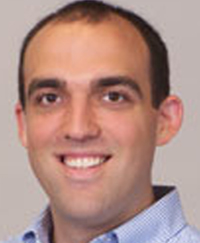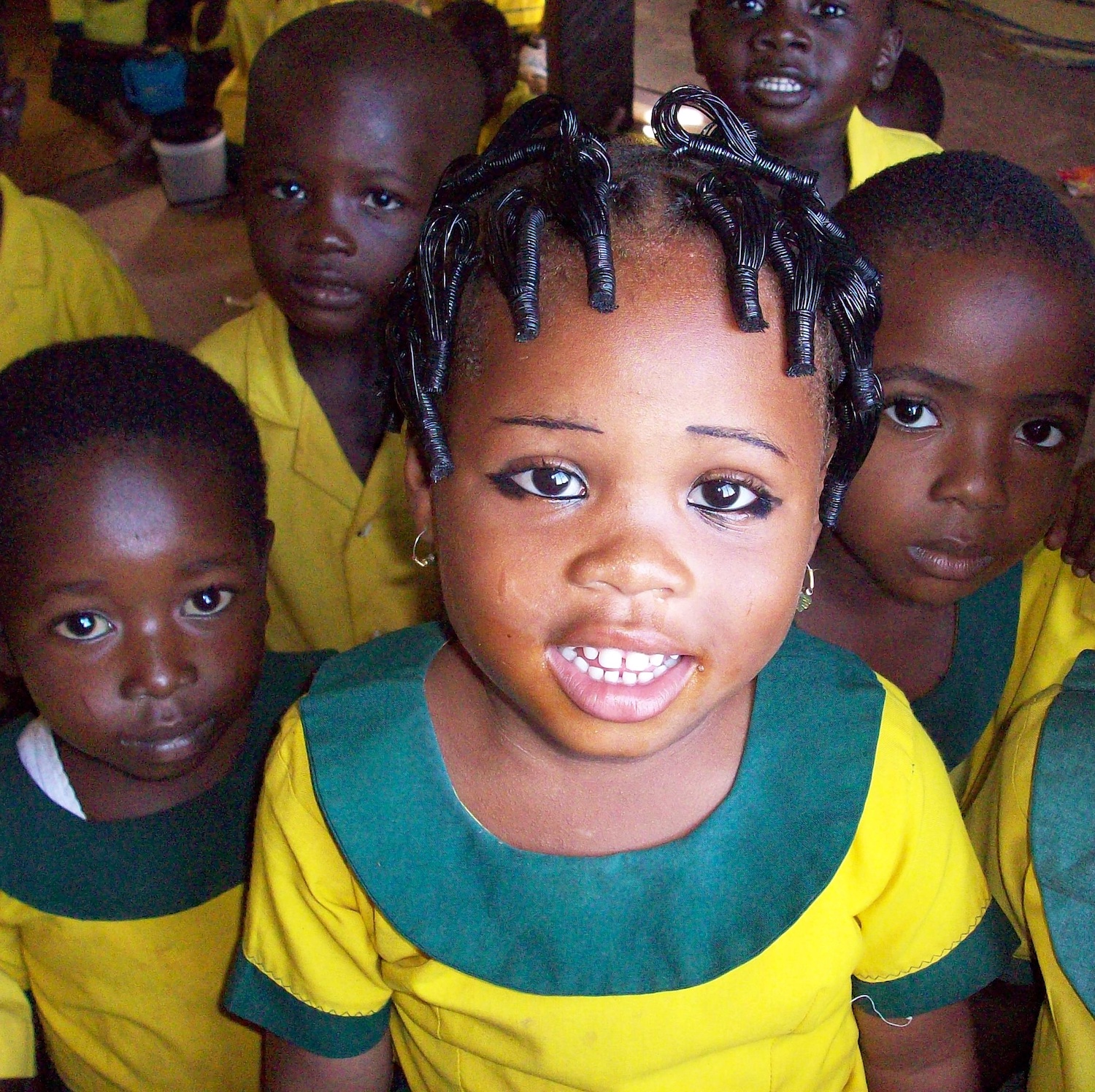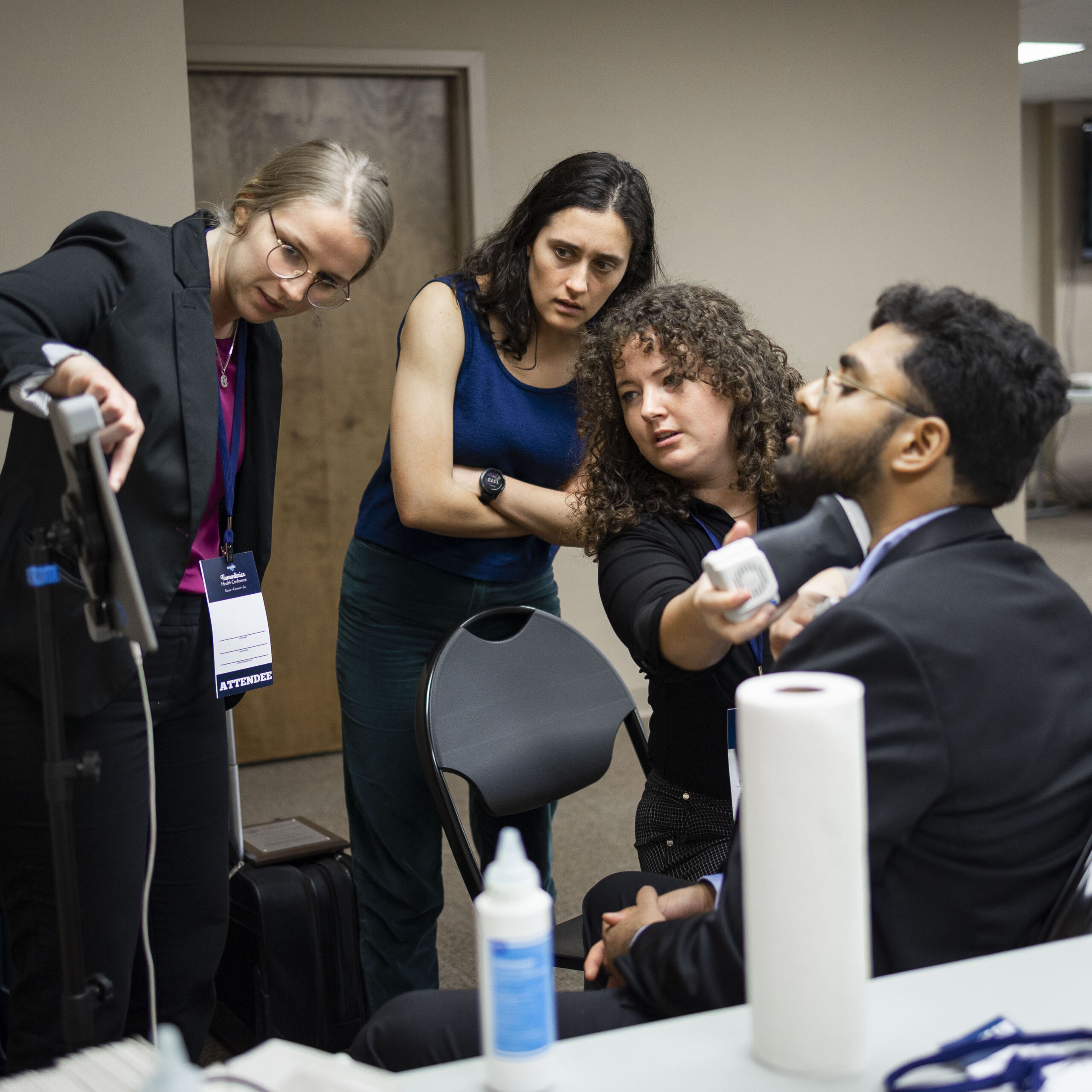Jeffrey Walden
INMED Blog

Hello! My name is Jeffrey Walden. I am a resident physician at Moses Cone Family Practice Program, and I’m starting my INMED service-learning experience in May 2013.
- Kiwoko Hospital
- Uganda
- Graduate Diploma in International Medicine & Public Health
Blog Posts
Stuff To Remember When Coming Overseas
Fourth day on Peds. Dr. Susan and I split the wards again today, but today I saw the sicker […]
Continue ReadingPeds And Adult HIV Clinic
Today was my third day on Pediatrics. Dr. Susan and I will split the ward in half and see […]
Continue ReadingCaring For HIV Patients
Very busy day today: I left our usual doctor’s meeting/teaching rounds expecting to see my half of the Male […]
Continue ReadingMale Ward And Snakebites?
This past weekend was Murchison Falls. It deserves its own separate post and also deserves pictures. Unfortunately I cannot […]
Continue ReadingContinuing On The Wards…
Second day on the wards. I split the female ward with Dr. Diana (the physicians here go by their first […]
Continue ReadingFirst Day Of Work
In my previous post, I mentioned working with INMED. For those who don’t know: INMED stands for the Institute […]
Continue ReadingYou are welcome to Uganda!
“You are welcome to Uganda!” This is the universal greeting here in Uganda. I’ve heard it everywhere since coming […]
Continue ReadingMy First INMED Blog Post
Hello! My name is Jeffrey Walden. I am a resident physician at Moses Cone Family Practice Program, and I’m starting […]
Continue Reading


